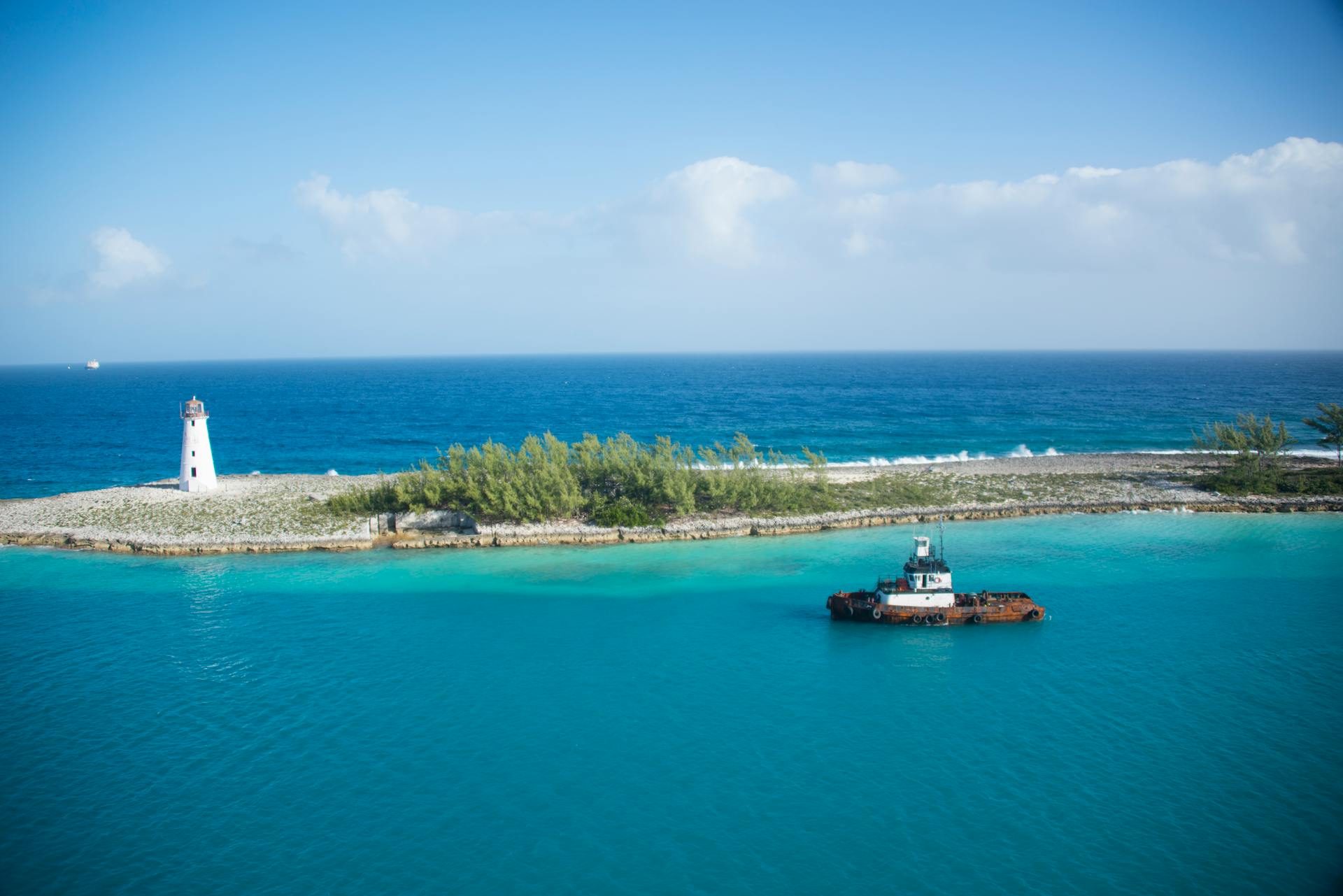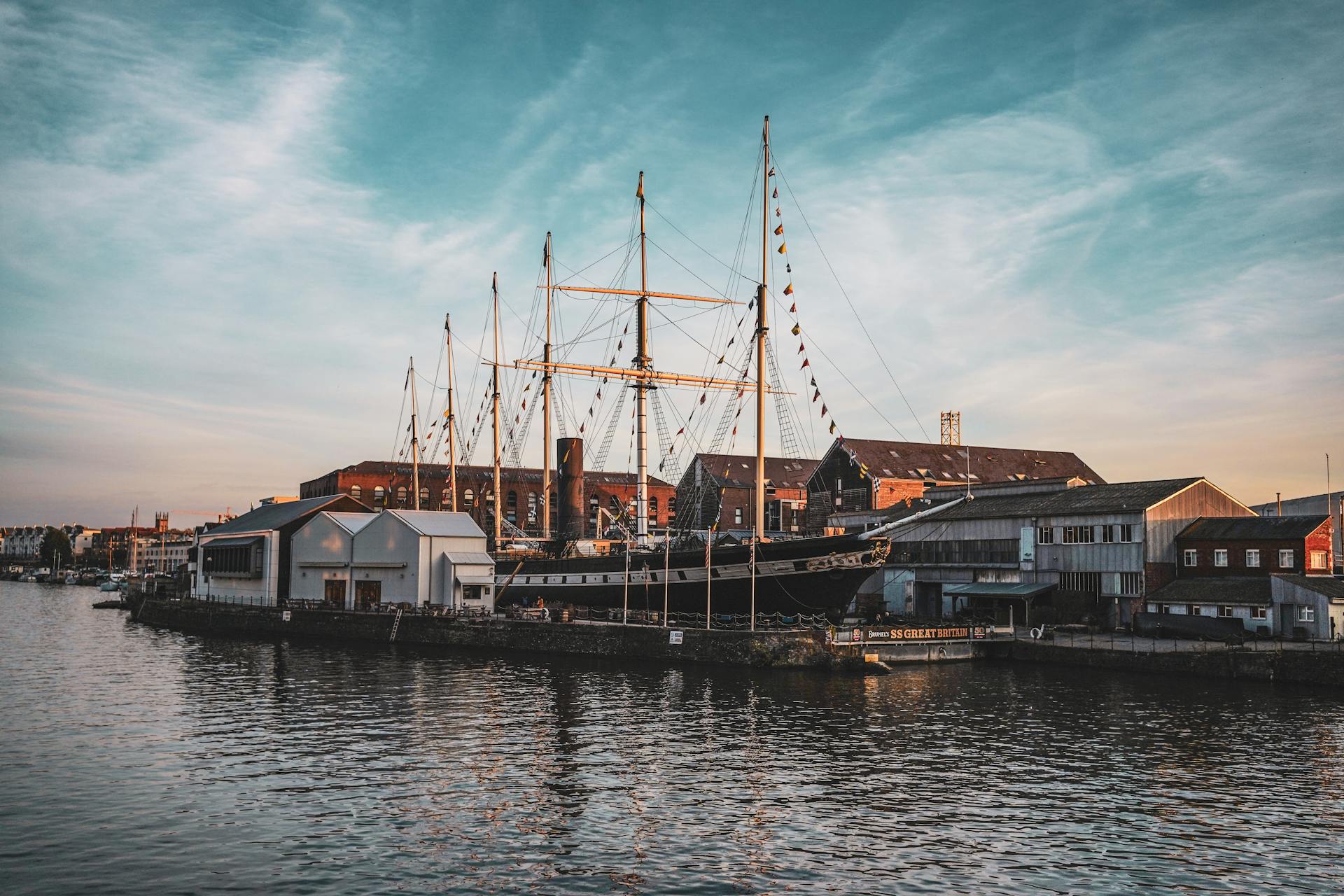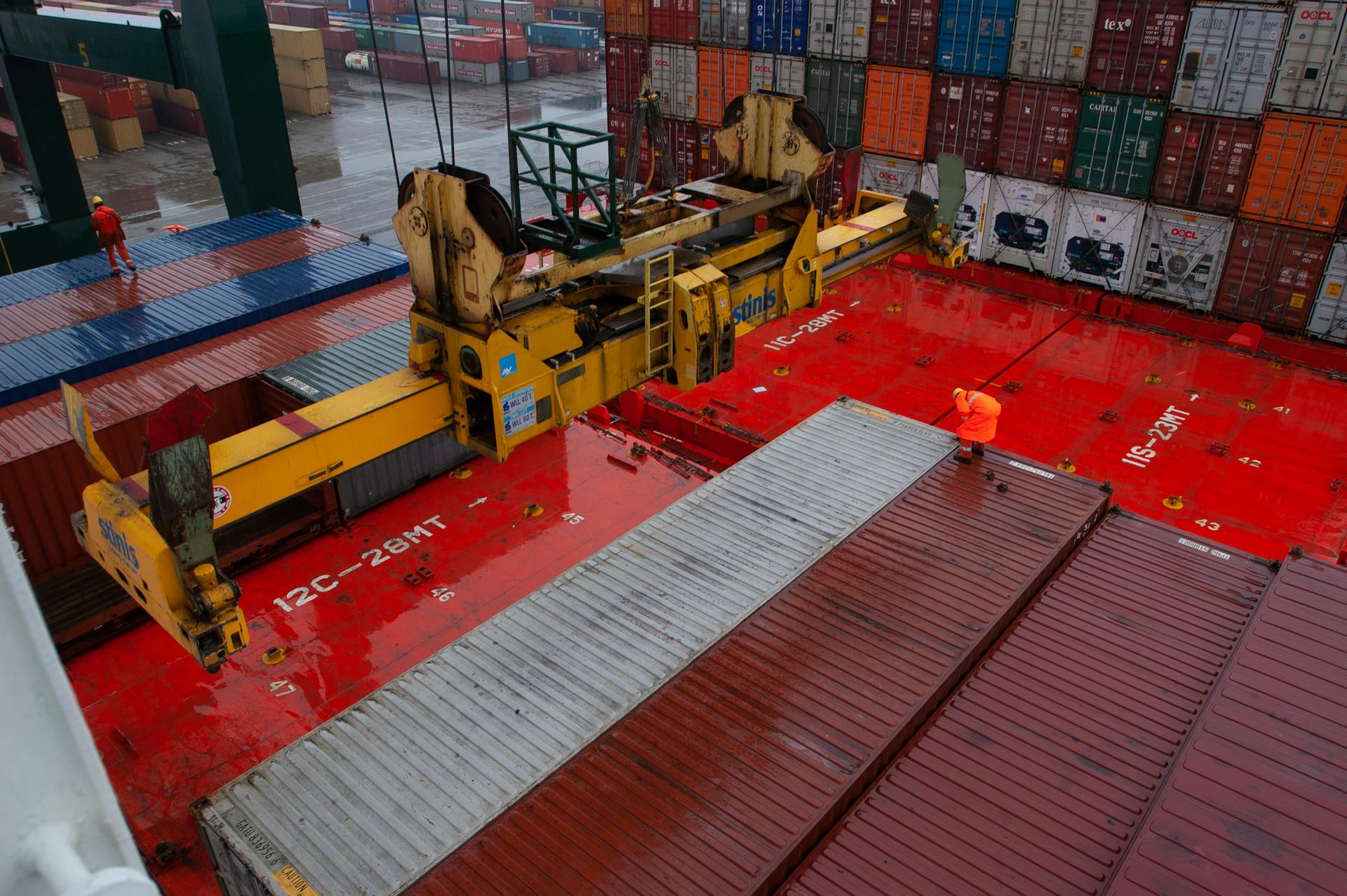
The United States Maritime Service is working to build a skilled force for tomorrow. It's doing this by offering a range of training programs that cater to different needs and backgrounds.
The Maritime Service has a long history of providing training and education to its members. This includes the Sea Cadet program, which is a youth development program that aims to promote maritime skills and values.
The Sea Cadet program is a great example of the Maritime Service's commitment to developing the next generation of maritime professionals. It's a free program that's open to young people aged 11-18, and it offers a range of activities and training opportunities.
By investing in its members and providing them with the skills and knowledge they need to succeed, the Maritime Service is helping to build a strong and capable force for the future.
The Legacy and Role of USMS
The United States Maritime Service (USMS) has a rich legacy that dates back to 1938. It was established under the Merchant Marine Act of 1936 as a voluntary organization to train individuals to become officers and crewmembers on merchant ships.
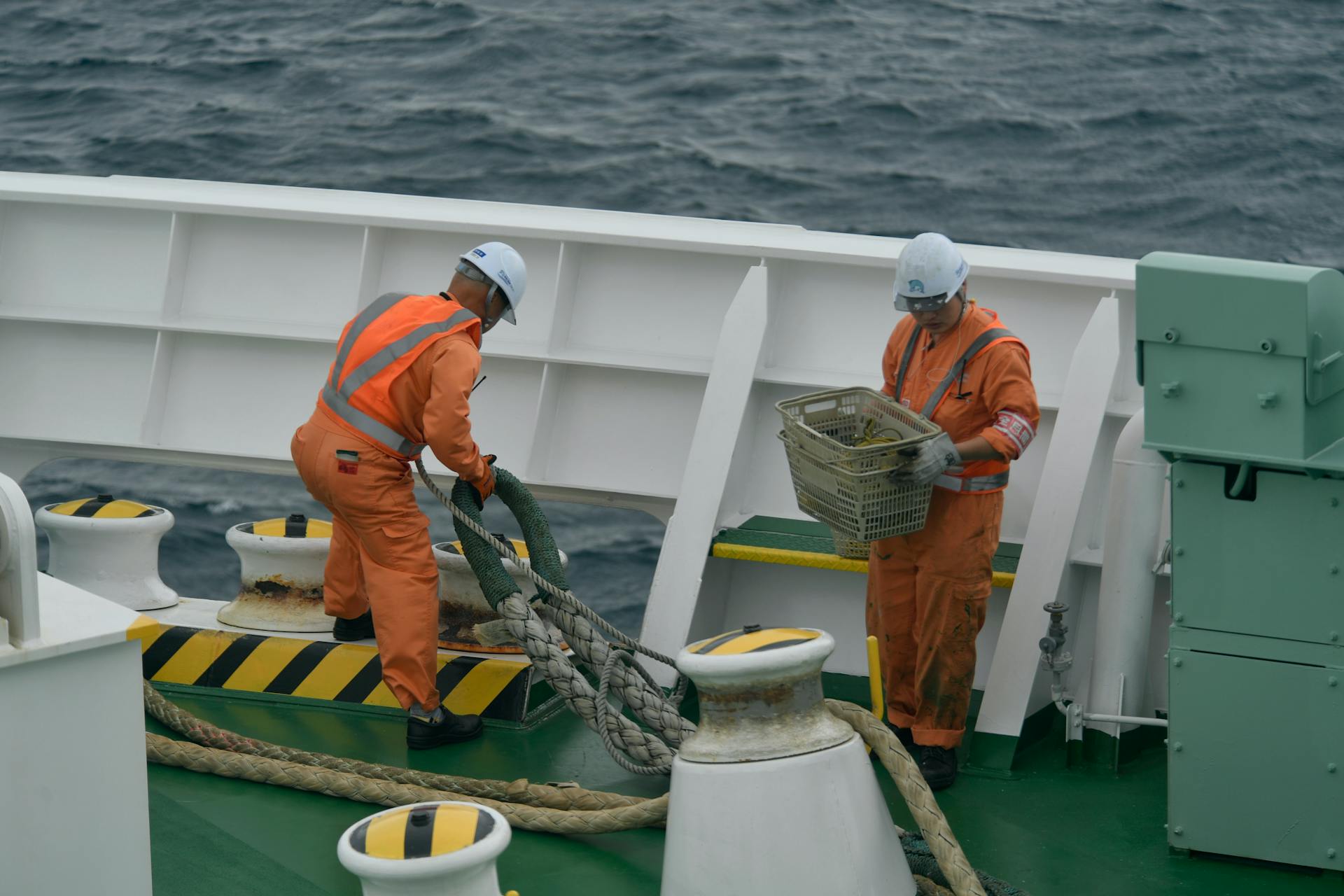
The USMS played a significant role in World War II, moving personnel and supplies into and out of theaters around the globe. Despite their contributions to the Allied victory, USMS training establishments and facilities were deactivated in 1954.
The USMS was dissolved or absorbed into other federal departments, but the Secretary of Transportation has the authority to reactivate it in times of war. This authority requires approval from Congress.
The USMS still maintains a presence at the U.S. Merchant Marine Academy and six state maritime academies, where uniformed officers continue to teach cadets about shipboard hierarchical command and control.
You might enjoy: Irish Mercantile Marine during World War II
Training and Education
The United States Maritime Service played a crucial role in training and educating personnel for the merchant marine during World War II. The Coast Guard provided advanced training for merchant marine personnel, augmenting the training of state merchant marine academies.
Training centers were established throughout the United States, including Port Hueneme, California, and Sheepshead Bay, Brooklyn, New York. These centers offered training for both licensed and unlicensed merchant marine personnel.
The Maritime Service established two officers' candidate schools, one in Fort Trumbull, Connecticut, and the other in Alameda, California. Training for experienced personnel lasted three months, while inexperienced personnel trained for six months.
Curious to learn more? Check out: California Shipbuilding Corporation
Former Training Schools
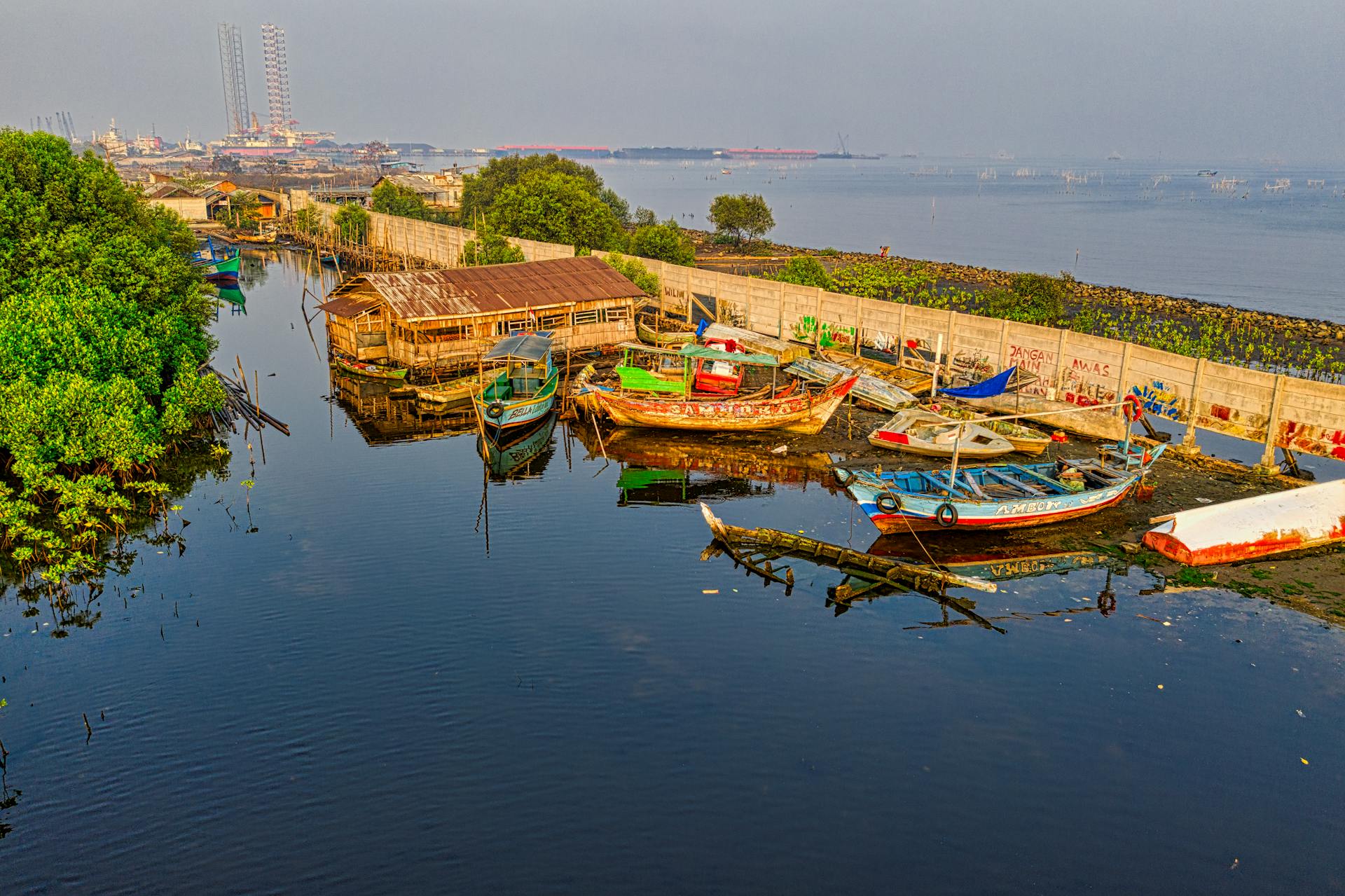
The United States Coast Guard played a vital role in training merchant mariners during World War II. The Coast Guard established several training centers throughout the country to prepare officers and crews for the new merchant ships.
One of these training centers was located in Port Hueneme, California, which operated from 1941 to 1942. Another was in Avalon, California, which trained personnel from 1942 to 1945.
The Coast Guard also established two officers' candidate schools: one in Fort Trumbull, Connecticut, which operated from 1939 to 1946, and another in Alameda, California, which operated from 1943 to 1954.
Training centers were established in various locations, including Sheepshead Bay, Brooklyn, New York, which operated from 1942 to 1954, and Government Island, California, which operated from 1938 to 1943.
Here are some of the training centers and schools established by the Coast Guard:
- Port Hueneme, California (1941–1942)
- Avalon, California (1942–1945)
- Sheepshead Bay, Brooklyn, New York (1942–1954)
- Hoffman Island, New York (1938–1945)
- Government Island, California (1938–1943)
- Gallups Island, Massachusetts (1940–1945)
- Huntington, New York
The Coast Guard's training program was designed to prepare both experienced and inexperienced personnel for their roles in the merchant marine. Experienced personnel trained for three months, while inexperienced personnel trained for six months.
State Maritime Academies
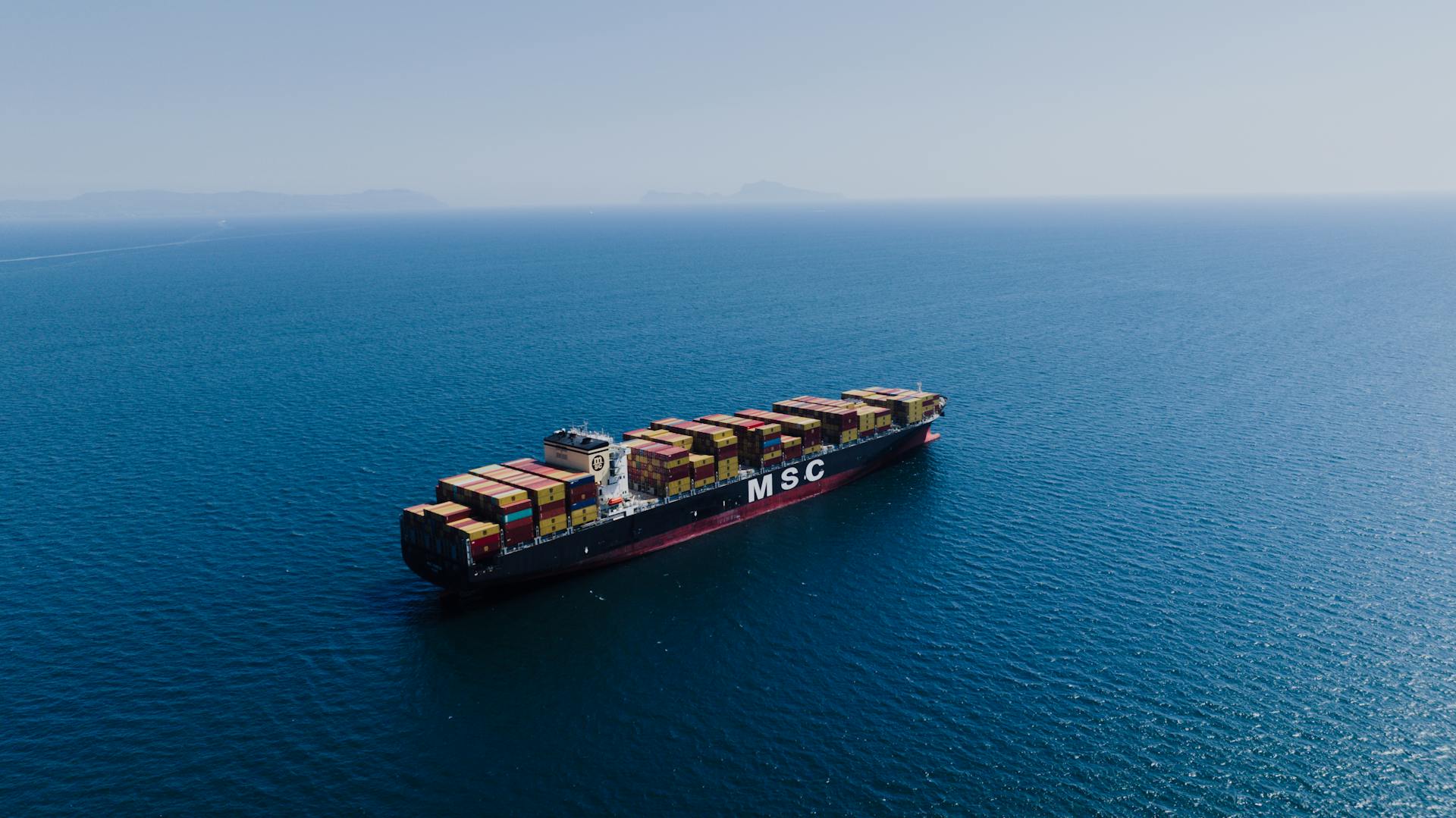
If you're interested in pursuing a career in maritime, attending a state maritime academy can be a great way to get started. These academies offer a unique blend of academic and hands-on training.
Maine Maritime Academy, for example, is one of the most well-known programs in the country. It's located in Castine, Maine, and offers a range of degree programs in fields like marine transportation and nautical science.
California Maritime Academy, on the other hand, is located in Vallejo, California, and has a strong focus on the technical aspects of maritime education. Students can earn degrees in fields like marine engineering and transportation management.
Here's a list of some of the state maritime academies in the United States:
- Maine Maritime Academy
- California Maritime Academy
- Texas Maritime Academy
- SUNY Maritime Academy
- Massachusetts Maritime Academy
- Great Lakes Maritime Academy
These programs are all accredited by the United States Department of Transportation and provide students with a solid foundation in the skills and knowledge needed to succeed in the maritime industry.
Organization and Structure
The United States Maritime Service (USMS) has a unique organization and structure that's worth exploring. The USMS was established in 1938 as a voluntary organization to train individuals to become officers and crewmembers on merchant ships.
During World War II, the USMS played a significant role in training thousands of mariners across the U.S., producing skilled professionals who ensured steady supply lines to war fronts. This structure could help offset the labor shortage in the maritime industry.
The U.S. Merchant Marine Academy (USMMA) at Kings Point, New York, would play a central role in a revamped USMS, potentially requiring graduates to fulfill service obligations within the Merchant Marine. This could help replenish the civilian merchant mariner pool.
The USMS has a connection to the U.S. Navy and Coast Guard, wearing the same uniforms and following the same rank structure as the Coast Guard. The USMS crest is similar to the Merchant Marine crest, featuring an eagle above a shield and anchor surrounded by a wreath.
Ranks
The USMS has a rank structure that matches the US Coast Guard's, but with unique devices. The commissioned officer grade structure includes Ensign, Lieutenant (junior grade), Lieutenant, Lieutenant commander, Commander, Captain, Rear admiral (lower half), Rear admiral, and Vice admiral.
Take a look at this: Clarion Admiral Bergen Norway

Each of these ranks corresponds to a specific pay grade, ranging from O-1 to O-9. The highest rank, Vice admiral, is an O-9.
Warrant officers in the USMS have a separate grade structure, with Chief warrant officer 2, Chief warrant officer 3, and Chief warrant officer 4 being the ranks. These ranks correspond to CWO-2, CWO-3, and CWO-4 pay grades.
Non-commissioned officers in the USMS have a rank structure that includes Petty Officer Third Class, Petty Officer Second Class, Petty Officer First Class, Chief Petty Officer, Senior Chief Petty Officer, and Master Chief Petty Officer. These ranks correspond to E-4, E-5, E-6, E-7, E-8, and E-9 pay grades, respectively.
Structure of Modern USMS
The U.S. Merchant Marine Academy at Kings Point, New York, would play a central role in a revamped USMS, potentially requiring graduates to fulfill service obligations within the Merchant Marine.
The USMS would offer training and readiness drills in coastal ports and interior regions, making it accessible to those working on both deep-sea and inland routes.
A modern USMS could help offset the labor shortage, as many USMMA graduates currently accept active-duty commissions in the armed forces, depleting the civilian merchant mariner pool.
The USMS would be structured similarly to the WWII-era organization, which trained thousands of mariners across the U.S. and produced skilled professionals who ensured steady supply lines to war fronts.
The Secretary of Transportation has the authority, with the approval of Congress, to reactivate the USMS in times of war, and the Maritime Administrator is recognized as the Commandant of the USMS.
Urgent Action Needed for Growing Threats
The world of maritime security is getting increasingly complex, and it's imperative we take action.
Growing threats in critical maritime routes are a pressing concern, as highlighted by reports from a UN naval institute.
Operation Prosperity Guardian, a multinational security initiative, shows us that enhanced security measures are becoming the norm.
U.S. merchant mariners handle 100% of Navy logistics via the Military Sealift Command (MSC), leaving them exposed to hostile actions.
Merchant mariners operate essential command, logistical, and support vessels for the Navy, including command ships and submarine tenders.
These civilian mariners are stretched to their limits, with rotations that can keep them at sea for up to six months, significantly beyond the typical four-month deployment schedule.
This prolonged exposure to danger has led to concerns about shortages and burnout among merchant mariners.
Benefits and Modernization
The United States Maritime Service has undergone significant modernization efforts. The service has adopted advanced technologies, such as satellite-based navigation systems, to enhance its operations.
This modernization has improved the efficiency of maritime operations, allowing for faster and more accurate navigation. The service has also invested in digital communication systems, enabling seamless communication between vessels and shore-based personnel.
The modernization of the United States Maritime Service has also expanded its capabilities, including the use of drones for surveillance and inspection.
For more insights, see: Scindia Steam Navigation Company Ltd.
Benefits for Active-Duty Service Members
Active-duty service members can transition into merchant marine roles post-service, thanks to programs like SkillBridge that facilitate military-to-civilian career transitions.
The USMS can train exiting military personnel with merchant mariner documents, enhancing their qualifications for civilian maritime roles.
Active-duty officers and enlisted personnel can enhance their professional skill sets by attaining credentials valuable in both the military and the civilian maritime industry.
The Plan for a Modern Cloud
A structured, dedicated cloud service would provide a mobilized workforce during both peace and conflict, much like the proposed reestablishment of the USMS. This would ensure rapid deployment capabilities and prevent shortfalls.
The envisioned cloud service would be a voluntary reserve on par with other federal services, offering a pathway for cloud professionals to contribute to national defense directly. This would grant them access to tangible benefits and prestige for their role in supporting the nation's security.
Financial Reimbursement would be a key incentive, providing subsidies or full payment for costs associated with training and certification. This would be similar to the proposed incentives for mariners in the USMS, including financial reimbursement for training, certification, and physicals.
Veteran Status and Benefits would also be offered to cloud professionals, granting them access to Veterans Administration benefits, health services, and protections under the Servicemembers Civil Relief Act. This would be similar to the veteran status and benefits proposed for mariners in the USMS.
For more insights, see: Interlake Maritime Services
Building a Skilled Force
The USMS is a powerful recruitment and retention tool for the maritime workforce, offering stability, recognition, and structure that's especially valuable in high-pressure trade routes.
The maritime workforce is already stressed by the demands of open-sea logistics, making the stability of the USMS a vital lifeline.
Experts argue that this approach ensures that merchant mariners are prepared, resilient, and ready to support the U.S. in future conflicts.
This revitalized USMS could bring a sense of security and purpose to the maritime workforce, making it a more attractive career option for those who want to serve their country.
The USMS offers a clear path forward for merchant mariners, providing them with the skills and support they need to thrive in a challenging industry.
Frequently Asked Questions
What is a maritime service?
Maritime service refers to work related to ships and navigable waters, protecting crew, cargo, and equipment. It encompasses various services that ensure safe and efficient maritime operations.
Does the United States Maritime Commission still exist?
No, the United States Maritime Commission was abolished in 1950 and replaced by two separate entities. Its functions are now managed by the U.S. Federal Maritime Commission and the United States Maritime Administration.
Sources
- https://www.csum.edu/office-of-cadet-leadership-and-development/united-states-maritime-service.html
- https://en.wikipedia.org/wiki/United_States_Maritime_Service
- https://uscode.house.gov/view.xhtml
- https://slguardian.org/u-s-pushes-to-reestablish-maritime-service-before-next-war/
- https://www.federalregister.gov/documents/2025/04/15/2025-06465/restoring-americas-maritime-dominance
Featured Images: pexels.com

